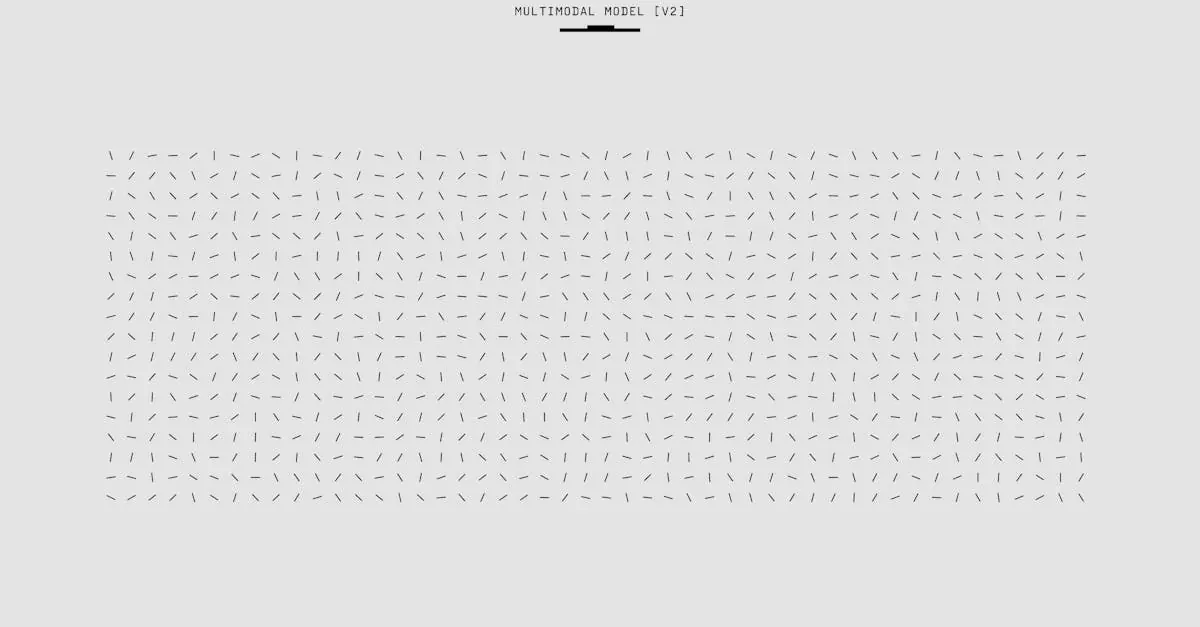Artistic expression isn’t just for the Picasso wannabes or the Van Gogh enthusiasts; it’s a powerful tool for creative thinking that everyone can harness. Imagine transforming mundane problems into masterpieces with just a splash of color and a dash of imagination. Whether you’re brainstorming for a marketing campaign or trying to impress your friends with your latest DIY project, tapping into your artistic side can unlock new ideas and solutions.
Creative thinking through art isn’t just about splattering paint on a canvas or doodling in a notebook. It’s about breaking free from conventional thought patterns and embracing the unexpected. So grab your paintbrush or your sketchpad! It’s time to unleash the creativity lurking within and discover how art can elevate your thinking to new heights. After all, who knew that channeling your inner artist could lead to such brilliant breakthroughs?
Table of Contents
ToggleOverview of Art Creative Thinking
Art creative thinking encompasses the ability to use artistic processes to stimulate innovative ideas. By engaging with various art forms, individuals can unlock new perspectives that challenge conventional logic. This approach isn’t limited to professional artists; anyone can harness creativity through simple practices, like doodling or painting.
Creative thinking nurtured by art thrives on experimentation. Individuals are encouraged to explore techniques, colors, and materials without the fear of judgment. Such freedom can lead to unexpected insights and solutions to common problems.
Artistic expression also fosters emotional connections, allowing people to convey complex feelings in a tangible way. When expressing themselves through art, individuals often discover deeper aspects of their creativity. They learn to communicate thoughts that may be difficult to articulate in words.
Moreover, creating art promotes mindfulness. Engaging in artistic activities encourages individuals to focus on the present moment. As they immerse themselves in the creative process, distractions fade away, and clarity emerges.
Encouraging collaboration can further enhance art creative thinking. Group projects generate diverse viewpoints and ideas. Sharing artistic practices can inspire even greater creativity among participants.
Ultimately, art creative thinking serves as a conduit for personal and professional growth. It inspires innovation, fosters problem-solving skills, and encourages a shift in perception. Engaging in artistic endeavors supports individuals in developing a unique approach to challenges encountered in everyday life.
Importance of Art Creative Thinking
Art creative thinking plays a crucial role in personal and professional development. Engaging in artistic activities not only fosters creativity but also enhances various essential skills.
Enhancing Problem-Solving Skills
Art promotes innovative problem-solving skills. Experimenting with different mediums invites fresh perspectives on challenges. Individuals faced with complex issues can use artistic methods, like doodling, to clarify thoughts and visualize solutions. These creative practices allow for breaking traditional patterns, leading to novel and effective strategies. Studies indicate that engaging in artistic expression increases cognitive flexibility, enabling better adaptability in diverse situations. When individuals embrace creativity, they often find unexpected solutions to difficult problems.
Fostering Innovation
Innovation thrives in environments that embrace artistic thinking. Artistic processes can spark new ideas and inspire original concepts. Collaboration within creative contexts generates a mix of diverse viewpoints, further fueling innovation. By exchanging ideas, teams can refine their thoughts and create groundbreaking solutions. Engaging in artistic practices encourages risk-taking and experimentation, two vital components of innovation. Research shows that organizations fostering creative environments see higher levels of productivity and unique outcomes. Ultimately, art creative thinking not only enriches personal experiences but also drives progress in professional settings.
Techniques for Developing Art Creative Thinking
Implementing effective techniques can significantly enhance art creative thinking. These strategies stimulate innovation and broaden perspectives.
Mind Mapping
Mind mapping serves as a visual tool for organizing thoughts. This technique allows individuals to connect ideas visually, promoting associations that might not surface through traditional note-taking. Starting with a central concept, individuals branch out with related themes and ideas, creating a web of interconnected thoughts. Such visual representations encourage exploration and clarity, enabling fresh perspectives on artistic challenges. It proves advantageous for both individual artists and teams, fostering collaborative brainstorming sessions.
Brainstorming
Brainstorming encourages an open flow of ideas without immediate judgment. Participants generate numerous concepts around a specific topic, aiming for quantity over quality initially. This technique thrives in an environment where every idea, no matter how unconventional, is welcome. Engaging in brainstorming sessions leads to unexpected combinations and innovative solutions. To maximize results, groups can set time limits and use prompts, keeping the energy high. Documenting each idea allows for later refinement and development, ultimately transforming raw concepts into actionable artistic projects.
Collaborative Art Projects
Collaborative art projects invite diverse perspectives into the creative process. These projects unite different backgrounds, skills, and viewpoints, enriching the overall outcome. Engaging with others fosters ideas that may not arise in isolation, leading to unique artistic expressions. Participants share techniques, challenge each other’s assumptions, and inspire growth. Such collaborative efforts often result in innovative artworks that reflect the collective creativity of the group. These projects also strengthen social connections, reinforcing the importance of community in the art-making process.
Applications of Art Creative Thinking
Art creative thinking finds significant applications across various fields, demonstrating its versatility and effectiveness.
In Education
Art creative thinking enhances education by promoting engagement and critical thinking among students. Creative activities help learners express ideas visually, facilitating deeper understanding. Teachers incorporate art to stimulate curiosity and encourage exploration of concepts. Projects that integrate art foster collaboration and enable students to work together, sharing diverse perspectives. Furthermore, employing art-based methods in the classroom leads to improved retention of information, as students connect emotionally with the material. This visual approach nurtures imagination and problem-solving skills that extend beyond the classroom.
In Business
Art creative thinking plays a pivotal role in business innovation and strategy development. Companies adopt artistic approaches to problem-solving, as these methods cultivate fresh perspectives. Encouraging brainstorming sessions infused with creative exercises unlocks new ideas and drives collaboration among teams. Artistic practices like design thinking focus on user experiences, resulting in innovative products and services. Businesses fostering a creative culture often report enhanced employee satisfaction and productivity. As creativity fuels adaptability, organizations that embrace art methods see improved outcomes and unique solutions to complex challenges.
Art creative thinking is a powerful catalyst for innovation and growth. By embracing artistic expression, individuals can unlock new ideas and perspectives that enhance problem-solving abilities. Engaging in art fosters emotional connections and mindfulness, creating a space for clarity and insight.
The techniques discussed encourage experimentation and collaboration, making creativity accessible to everyone. Whether in personal projects or professional settings, the impact of art on creative thinking cannot be overstated. It not only nurtures individual creativity but also strengthens community bonds.
As individuals explore their artistic sides, they’ll find that the journey itself is just as valuable as the outcomes. In a world that thrives on innovation, cultivating art creative thinking is essential for navigating challenges and discovering unique solutions.

